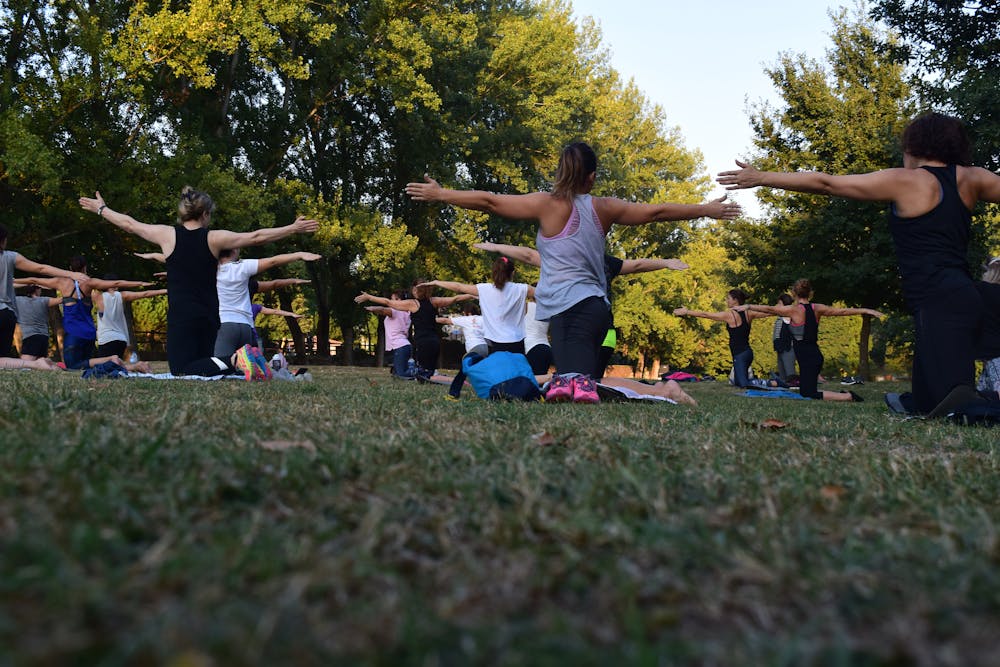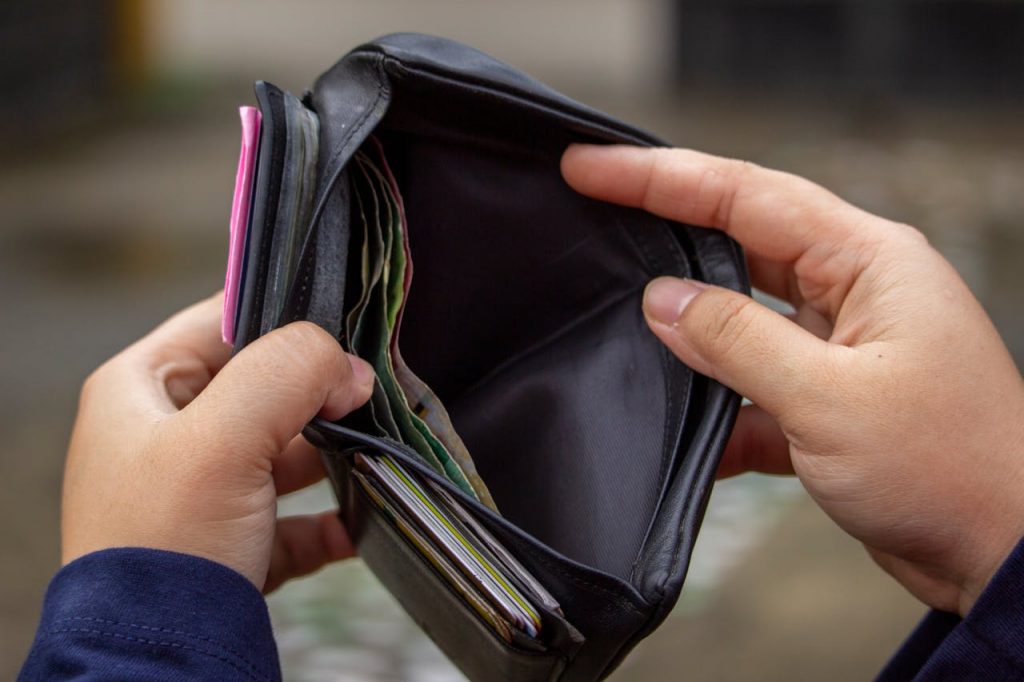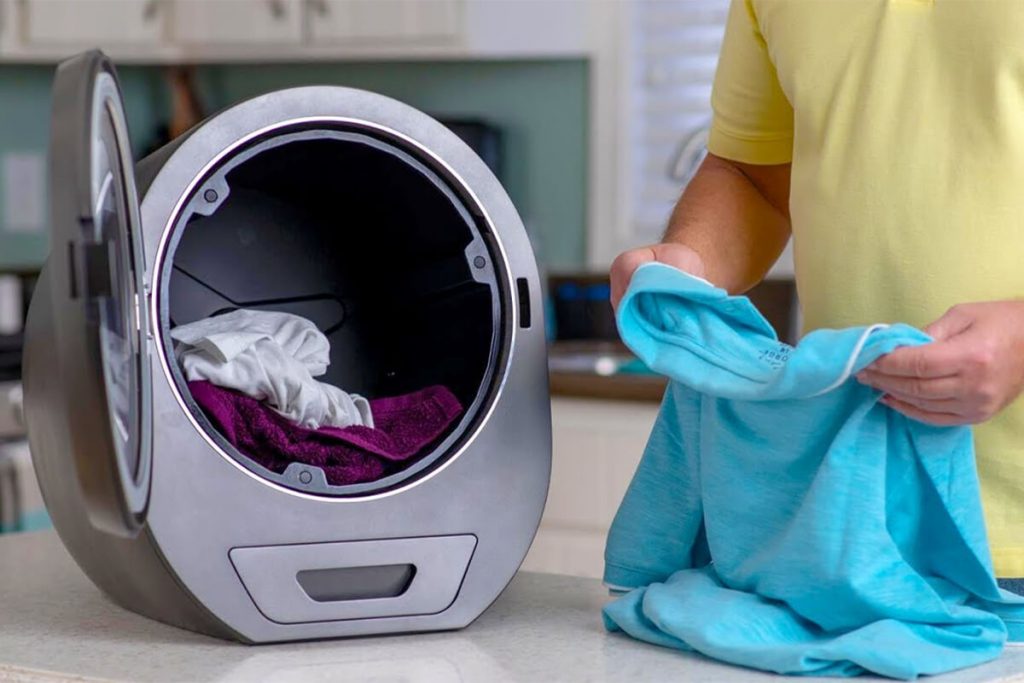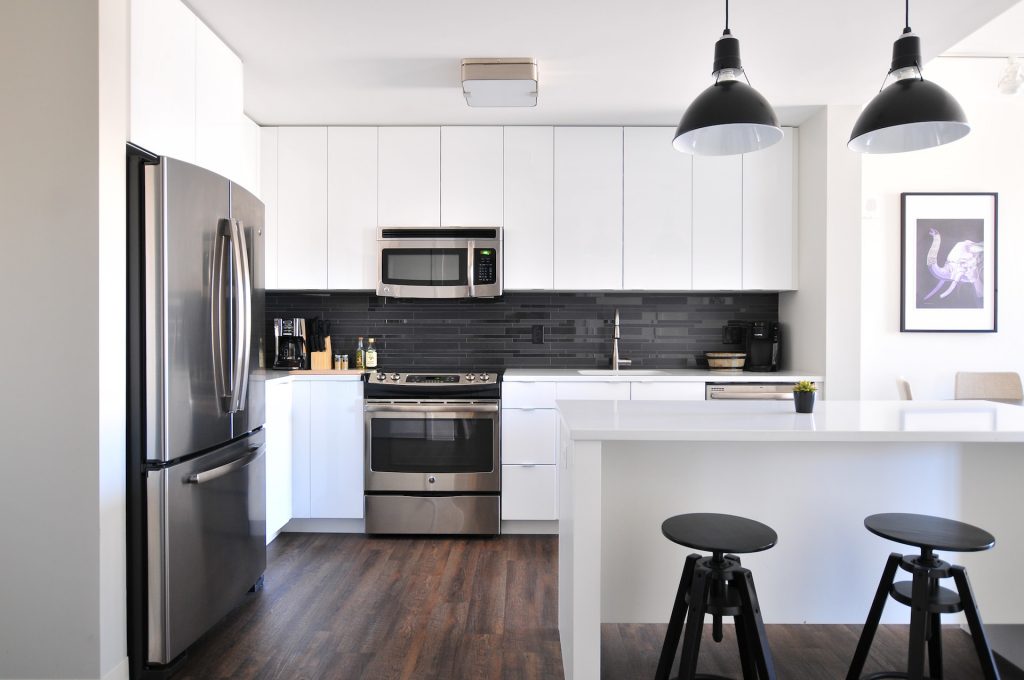If you’re thinking about giving your car a makeover, painting it is a great way to do just that. But if you’re not careful, you can end up with a terrible paint job that looks worse than the original. To make sure that doesn’t happen, you need to know the right way to go about it. In this post, we’ll share 10 easy steps you should take when painting your car in order to get a great result.
Whether you’re an experienced professional or a novice, these steps will help you achieve a stunning paint job. With the right knowledge and techniques, you can transform your car from a dull, dirty heap to a sleek showstopper. Let’s get started!
Step 1: Gather the Supplies
Before proceeding, you will need to gather all the necessary supplies for the job. Depending on the condition of your car, the cost of supplies can range from a few hundred dollars to a few thousand dollars. The types of supplies you will need include sandpaper, masking tape, paint, and primer.
Step 2: Clean the Car

Tima Miroshnichenko / Pexels
To prepare for painting, you will need to clean the entire car thoroughly. This can be done by washing the car with soap and water as well as sanding any damaged areas that need repair. Doing this will create a smooth surface that is easier to paint.
Step 3: Prime the Car
The next step is priming the car in preparation for painting it. Start by taking off any rust or flaking paint, then apply a primer to ensure better adhesion between the car's body and the new paint job. Afterward, allow it to dry completely before moving on to step 4.
Step 4: Repair Any Dents

Twinz Spray Paint Team / Youtube
If there are any dents or other imperfections in the body of your car, now is the time to repair them before proceeding with painting. Do this by identifying where these dents are located, then filling them in with an appropriate filler and sanding until smooth.
Step 5: Masking Areas Not Being Painted
In order to save time and money, it is important that you mask any areas that do not have to be painted before you begin applying paint. Identifying which areas to mask will vary based on what color you are painting the car but typically includes trim areas such as windows, door handles, and mirrors. Once these areas are identified, use masking tape around them so that they are completely covered and protected from getting painted over.
Step 6: Applying the Paint of Choice

Paint Society / Youtube
Once all of your preparations are complete, you can begin applying your chosen paint onto the car. Start by prepping your paint by thinning it down according to its instructions if needed, then use a spray gun or roller to cover the entire surface area with even coats of paint. Allow plenty of drying time between coats so that they adhere properly and won’t run or drip during application.
Step 7: Paint Applying Techniques
When applying paint onto your car, there are certain techniques that should be used such as using tape and cleaners when spraying top coats around corners, using primer when necessary for larger areas such as hoods and roofs, and using clear coats for finer details like logos and stripes when needed. Taking outside advice from professionals can also be helpful for this step as well if you’re unsure how to proceed.
Step 8: Drying and Curing the Paint
Once all coats of paint have been applied properly, take some time to let them dry completely before touching up any imperfections or adding graphics or stripes. Make sure that each coat has been given enough time to cure before moving on to step 9 so that it doesn’t chip or flake later on down the road.
Step 9: Buffing and Polishing

Khunkorn Laowisit / Pexels
Although paint does come with some built-in protection from the sun's UV rays, it’s best practice to buff and polish each coat of paint after it has been allowed enough drying/curing time for maximum protection against weather elements such as rain and snow. Additionally, adding a protective coating such as wax can help protect against scratches and further protect from UV rays; however, each layer should also be given enough drying/curing time before adding another one so they don’t mix together during application.
Step 10: Final Touch

Stauffer Garage / Youtube
Finally, do some detailing work around any graphics or stripes, wax and polish the entire surface area until it has a nice sheen, then give it one last check-up before calling it "finished". If all looks good, then congratulations - you now have yourself a brand new paint job!
show more






















